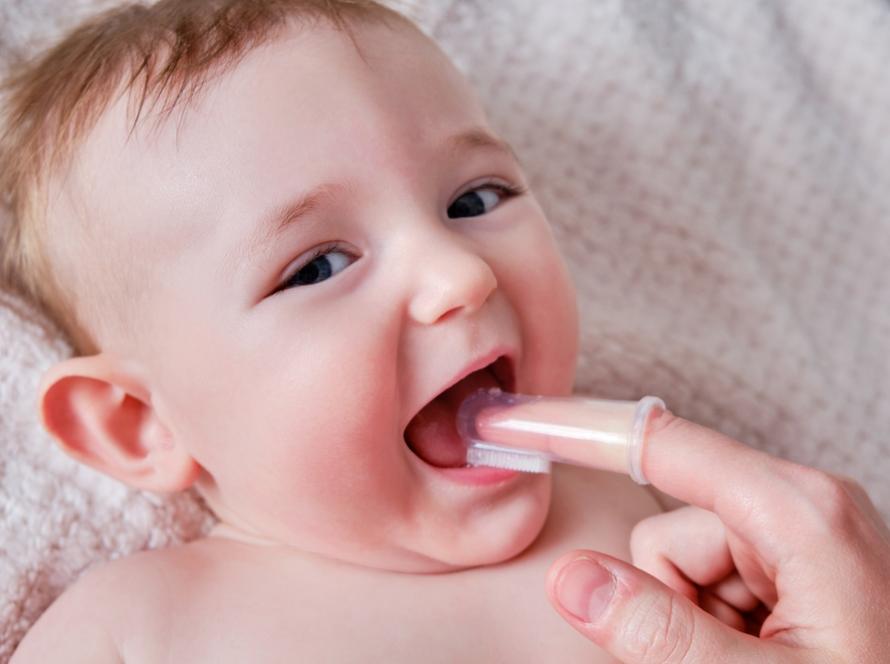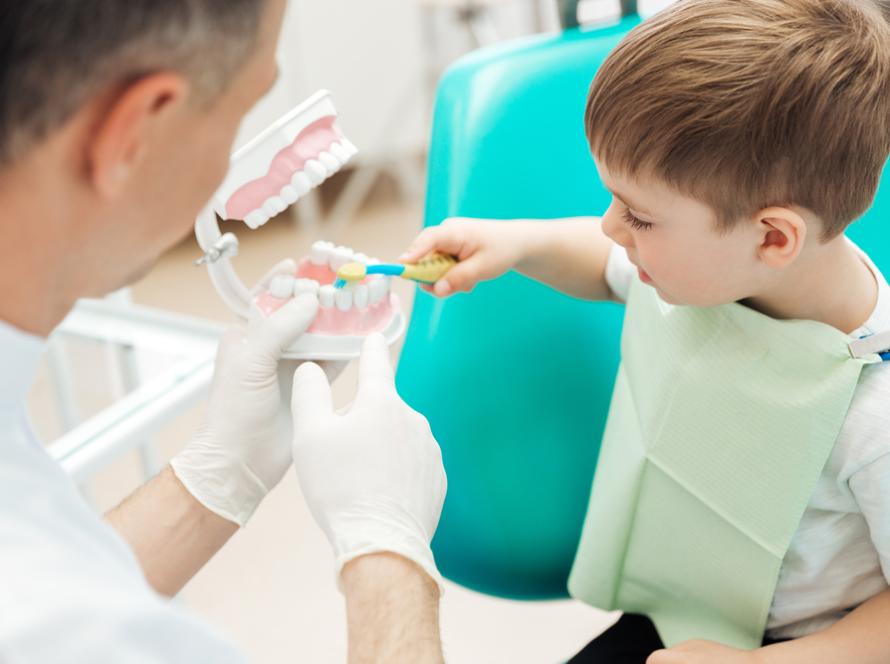A chipped tooth at recess. A knocked-out incisor during soccer. Or a sudden, unbearable toothache in the middle of the night. Kids’ emergency dental treatment happens more often than you’d think—and it’s just as stressful for the parent as it is for the child. But what happens after the ER visit or urgent dental procedure?
The recovery phase is more than just waiting for a tooth to heal. It’s a crucial time for emotional reassurance, physical healing, and setting up habits that protect your child’s healthy smile going forward.
Here’s what really helps—not just the basics, but the next-level tips most blogs don’t tell you.
1. Emotional First Aid Comes First
Dental trauma is scary. Whether it was a fall, a break, or an extraction, kids often don’t fully understand what just happened—they just know it hurt, it was fast, and now things feel different. Your job is to bring calm, even if you’re rattled.
What to do:
- Name the fear. Saying “I know that was scary” helps your child feel seen. It’s a powerful first step toward emotional processing.
- Avoid overselling the “it’s all better now” line. Instead, say “You’re safe now and healing. I’m proud of how brave you were.”
- Reframe the Tooth Fairy myth. If a tooth was lost or extracted, let the Tooth Fairy become part of the healing story—not just a reward. “The Tooth Fairy visits kids who are super brave after dental adventures.”
Not-so-common tip:
Let your child draw the experience. Giving them crayons and paper and asking, “Want to draw what happened?” often helps them express feelings they can’t say out loud.
2. Pediatric Dental Sedation: Know Your Options Before You Need Them
If a procedure is required—such as repositioning a tooth, performing a root canal on a baby tooth, or even just deep cleaning—pediatric dental sedation might be recommended to keep your child comfortable and still.
There’s more than one kind:
- Nitrous oxide (laughing gas): Minimal sedation, great for quick procedures and kids with mild anxiety.
- Oral sedation: A liquid medicine taken beforehand helps kids relax but stay conscious.
- IV sedation or general anesthesia: Used for more extensive procedures or severe anxiety.
Not-so-common tip:
Ask for a “show and tell” visit with your pediatric dentist before the procedure if it’s not urgent. Let your child see the tools, the chair, and the gas mask. This reduces fear dramatically, especially for kids with sensory sensitivities.
3. Aftercare: Go Beyond Ice Packs and Soft Foods
Yes, the basics matter: keep them on soft foods for a few days, watch for swelling, and use any prescribed medication as directed. But don’t stop there.
Next-level recovery tips:
- Keep a “healing kit”: Let your child decorate a small box or pouch with items like their pain meds (under adult control), a soft toothbrush, favorite lip balm (for dry lips post-treatment), and a sticker chart for each good day of healing. Ownership of their recovery leads to a faster emotional bounce back.
- Offer frozen treats with a purpose: Homemade smoothie pops with added calcium (like Greek yogurt or almond milk) support tissue healing, and the cold helps with pain.
- Reintroduce brushing slowly: Use a baby toothbrush, even for older kids, near the trauma site for the first few days. It’s gentle, and psychologically easier for them.
4. Nightmares, Regression & Dental PTSD: What’s Normal vs What’s Not
Some kids might have trouble sleeping or show signs of regression—thumb sucking, avoiding brushing, or being afraid of dental tools during pretend play.
What’s normal:
- Trouble falling asleep the first few nights
- Not wanting to talk about the event
- Avoiding mirrors (especially if their smile looks different)
When to seek support:
- Ongoing refusal to eat or brush, even a week later
- Sleep disturbances continuing beyond 10 days
- Panic at the mention of the dentist
Not-so-common tip:
Consider bibliotherapy—reading kids’ books about dental bravery and healing. Story books like “The Berenstain Bears Visit the Dentist” can gently reintroduce the idea that dentists = safety, not fear.
5. Protect the Smile Moving Forward
The trauma might be over, but prevention needs to begin—especially if the injury was sports-related or due to an accident.
Must-do’s:
- Custom mouthguards for sports—even non-contact sports. Many kids fall on the court or field.
- Follow-up visits to monitor tooth development. Trauma to baby teeth can affect permanent teeth.
- Stay vigilant about brushing: Trauma can set back routines. Keep up a twice-daily schedule, using visual timers or songs if needed.
Not-so-common tip:
Ask your dentist to document the trauma and treatment carefully. Suppose issues arise with permanent teeth years later (like discoloration or delayed eruption). In that case, this record can support insurance claims or orthodontic planning.
Final Thoughts
Kids’ emergency dental treatment doesn’t end in the chair—it continues in the home, in the heart, and in how you help your child feel like themselves again. With the right blend of physical care and emotional support, you’ll not only heal the tooth—you’ll help rebuild confidence in their smile.
Because the real tooth fairy? It’s you—guiding them through it all, one brave grin at a time.


